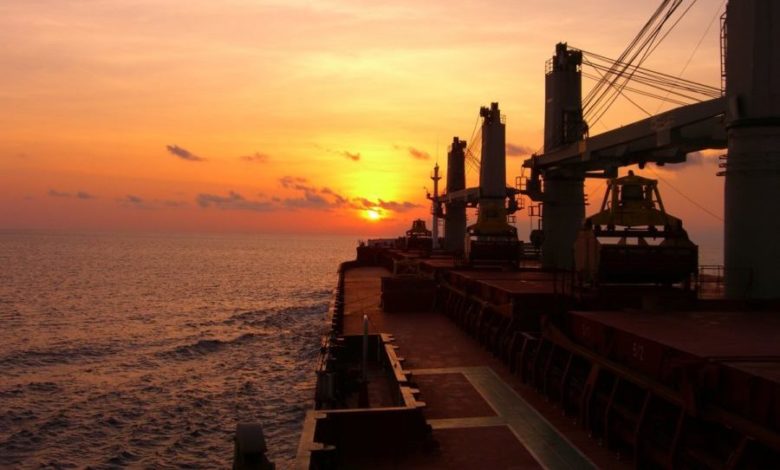Canadian researchers tout nuclear-renewable hybrid solution for shipping

A team of researchers from Ontario Tech University in Oshawa, Canada, claims that a small-scale nuclear reactor used in combination with renewable energy sources could be the best energy system for the marine industry to reduce greenhouse gas (GHG) emissions and improve economic performance.
In Analysis of nuclear-renewable hybrid energy system for marine ships, a paper published recently online and due to be published in the November 2021 issue of Energy Reports, researchers Hossam Gabbar, Ibrahim Adhama and Muhammad Abdussamia discuss the benefits of nuclear for shipping, increasingly a hot topic for the industry.
Renewable energy sources – including wind energy, biofuels and solar energy – are limited by intermittency, the researchers point out, writing that they are not ideal on their own to meet the high energy requirements of ocean-going ships.
Further, because currently available energy-storage options would need an unfeasible amount of space onboard and add significantly to the ship’s weight, sufficient energy from renewable energy sources could not be stored to meet demand.
With these shortcomings, energy from renewable energy sources would have to be integrated with other types of energy sources, the paper posits.
The researchers studied four options to power ships – stand-alone fossil fuel-based energy systems, stand-alone nuclear energy systems, renewable and fossil fuel-based hybrid energy systems and nuclear-renewable hybrid energy systems – based on the cost of energy, the net present cost and GHG emissions.
Clearly, if reducing GHG emissions is the goal, then any system using fossil fuels on ocean-going vessels is a problem given their high energy needs. Integrating renewable energy sources can reduce, but not eliminate, emissions.
Before examining the two nuclear options, the authors cited earlier research that addressed the risk of accident with severe consequences. That study “proposed a conceptual design of a nuclear-powered containership that could … withstand any accident without any cataclysmic consequences.” It also suggested several ways to deal with the restrictions some countries might impose on nuclear-powered vessels in their waters.
Based on simulations and sensitivity analysis, the research team found that nuclear-renewable hybrid energy systems have the lowest cost of energy and the lowest net present cost of the four options, as well as zero GHG emissions. Such a system “is technically and economically feasible,” they said, and noted that micro-reactors are a competent candidate to replace fossil fuel-based generators in the maritime industry.
Gabbar told Splash the team plans next to test in a lab environment and through further software simulation. While the conclusions have not yet been tested in the real world, the researchers are seeking sponsors to undertake onboard research.

It remembers me something, ” that could … withstand any accident without any cataclysmic consequences”….Titanic ???
Or more recently, the request from a lot of cruise operators and shipyard to remove the life boats from some cruise ship that will be built to not sink….This request completely disappears after the Costa Concordia accident….